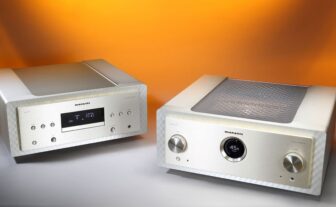Hegel H600 Streaming Integrated Amplifier Review
Hegel H600 is not only more expensive than its predecessor. It’s also much better.
by GEIR GRÄBEIN NORDBY
When I tested the Hegel H590 in 2018, it was perhaps the best integrated amplifier I had ever heard. But technology advances quickly, especially in electronics and digital processing, and a lot has happened in the last few years. Let’s not forget that Hegel recently launched their dual-amplifier combination P30A and H30A, which surpass their predecessors and have inspired many of the analog circuits in the new integrated H600.
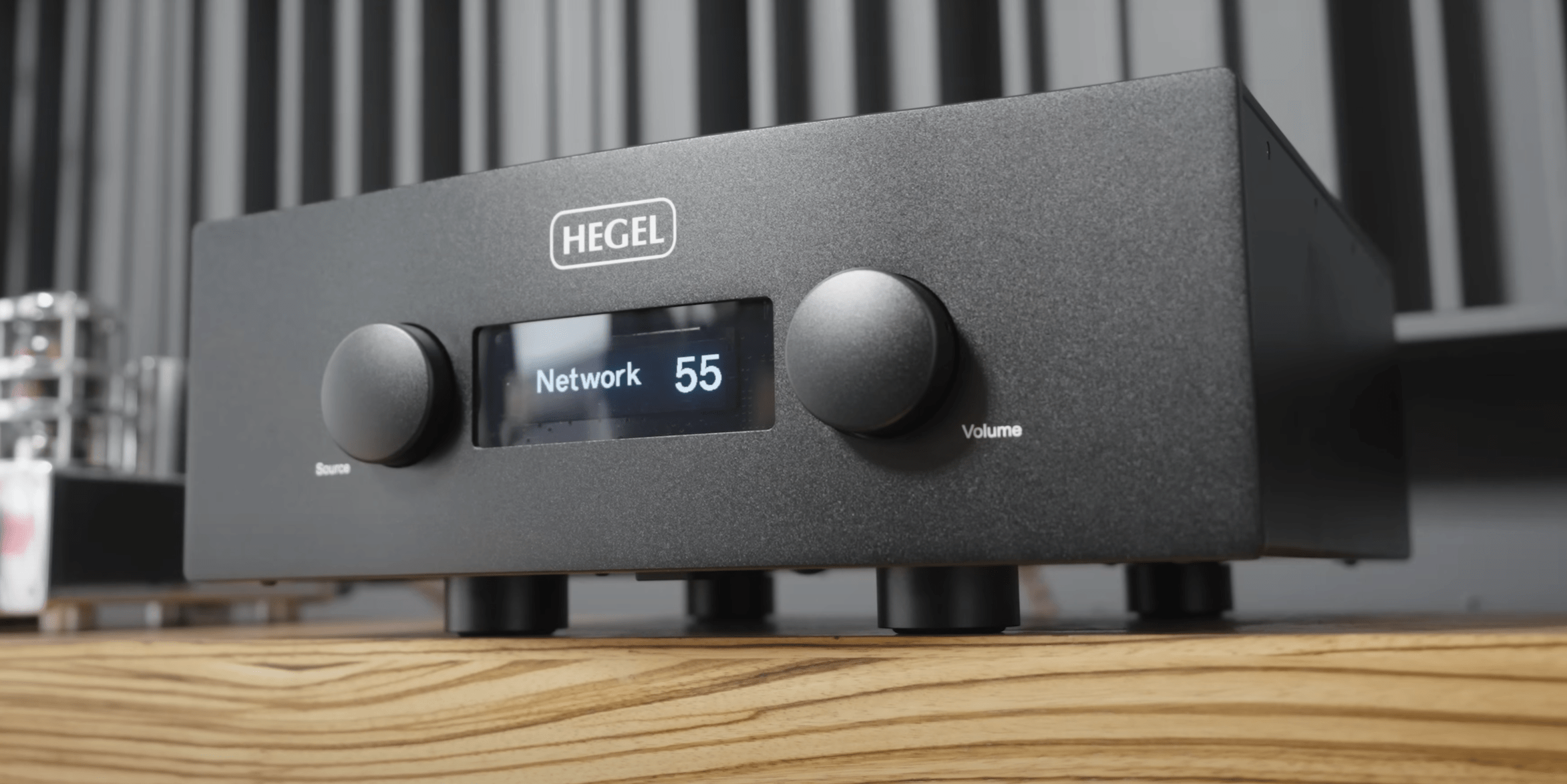
Hegel didn’t really need to retire the H590 due to quality concerns. It’s still very good and has an excellent DAC section that supports high-resolution music formats up to 384 kHz. It’s Roon Ready, MQA-compatible, and the whole package (though MQA doesn’t seem very relevant these days). The retirement likely comes from necessity, as it uses a DAC chip from AKM, whose production stopped a few years ago after a factory fire.
However, with any update, we expect improvements, so Hegel has likely felt the pressure to enhance the H600 in all areas.
RELATED TO ITS BIG BROTHERS
On the outside, the H600 is exactly the same size as its predecessor. To the millimeter. But even though the chassis has gone through the same manufacturing process, the material is now aluminum instead of steel, which Hegel claims improves sound quality. Additionally, the top cover is milled in two layers to provide better stability and airflow. The cover is more reminiscent of the one on the H30A.
However, what the H600 hasn’t inherited from the new top models is the recess at the top of the front panel. The front is almost identical to that of the H590.
BETTER CONNECTORS
The most visible improvement is on the back, specifically the RCA connectors, which are now of higher quality. They stick out further and provide a larger contact area – and not least, the shiny gold-plated connectors look much nicer! They are the same as those on the now-discontinued HD30, and on this point, the H600 even surpasses the expensive P30A preamplifier.
But the most important change is, of course, on the inside.
“The key word is sound quality. Personally, I think the H600 is a massive improvement over the H590. So much so that I no longer find the H590 particularly pleasant to listen to,” says marketing manager Anders Ertzeid confidently in an email.
Specifications
Type: Network amplifier
Technology: Class AB with SoundEngine 2
Wireless: AirPlay 2, Roon Ready
Services: Spotify Connect (coming), Tidal Connect
Connections: 2 balanced (XLR) and 3 unbalanced (RCA) inputs, 2 unbalanced outputs (RCA, variable and fixed)
Phono input: No
Radio: No
Headphone output: No
DAC: 32 bit/384 kHz PCM, DSD (USB)
DAC connections: 3 optical, 2 coaxial (1 BNC), USB-B, Ethernet
Power: 2 x 303 watts in 8 ohms
Frequency response: 5-100,000 Hz
Dynamics: No information
THD: 0.005% at 50 watts/8 ohms/1 kHz
Signal/noise: > 100 dB
Other: Remote control, MQA decoding
Dimensions/weight: 17.1 x 43 x 44.5 cm // 22 kg
Web: hegel.com
POWERHOUSE
The H590 boasted 301 watts per channel at 8 ohms, but Hegel has cheekily increased the power to 303 watts in the H600. The damping factor remains at 4,000 in 8 ohms, to ensure bass control regardless of speaker impedance. The dual-mono amplifier design is meant to offer almost the same performance as two monoblocks in a single chassis. All the circuit design is done in-house at Hegel, with components “of the highest quality.” Additionally, the SoundEngine2 noise correction is said to provide a sound signal “as close to the original recording as possible.”
BIT-PERFECT DAC
The DAC section in the Hegel H600 is built around the ESS9038Q2M chip with 32-bit resolution and up to 129 dB of dynamic range. Knowing Hegel, this chip has likely been fine-tuned to make it even better. The DAC has a bit-perfect design, with no resampling or upsampling, the same as in the new flagship CD player Viking, which Hegel claims delivers sound truest to the original.
A large, dedicated power supply for the DAC ensures stable performance, and this is shielded by a thick steel plate to prevent interference from other electronic components in the amplifier. Hegel claims that the DAC is “groundbreaking” in terms of resolution and timing. And that’s not a small claim, considering how satisfied we’ve been with Hegel’s previous DACs, like the extremely capable but now discontinued HD30, and also the one built into the H590.
FEATURES
Because fantastic sound shouldn’t come at the expense of usability and features, the Hegel H600 is equipped with AirPlay 2, UPnP streaming, and Spotify Connect. And – finally – Tidal Connect. This means you can get audiophile streaming directly from the Tidal app on your phone, straight to the amplifier. Roon Ready is also in the works, but still awaiting approval. This time, Hegel hasn’t given us any timeline for Roon, but they’re confident it will happen much faster than with the H590, where it took well over a year…
Hegel also promises that this is just the beginning. The H600 has received a very advanced streaming engine that ensures the amplifier is always updated with the latest options for streaming music. Whether this means future support for Qobuz, Apple Music, and more remains to be seen. I’ve long been calling for Chromecast support; let’s hope it’s on the way.
The amplifier looks just like its predecessor, but the large control knobs on the front of the H600 are now tactile, with touch control, making the amplifier more intuitive to use.
NO HDMI
Hegel has chosen not to equip the H600 with an HDMI input. We would have loved to see one, which could connect to the TV via ARC/eARC. That way, you could also control the sound directly from the TV remote. Fortunately, the amplifier can be programmed to respond to regular TV remotes. If your TV remote supports Bluetooth, it’s important to disable it, or it won’t work with Hegel.
CONNECTIONS
The amplifier has two pairs of true balanced XLR inputs and two pairs of unbalanced RCA inputs. On the digital front, it has a LAN network port, a USB 32/384 input (which also supports DSD256/DoP), three optical inputs, a coaxial input, and a true 75-ohm BNC input. As analog outputs, there’s a pair of fixed RCA, where you can connect a headphone amplifier, for example. And a pair of adjustable RCA outputs, for a power amplifier or subwoofer. Personally, I would have liked to see a pair of balanced XLR outputs as well, but at least there’s a digital BNC connector.
Most of the inputs can be set as fixed high-level home cinema inputs, making it easy to combine the H600 with surround amplifiers and processors.
HOW THE HEGEL H600 SOUNDS
Do the changes result in better sound? Yes, they do! Before I started testing, I expected to switch back and forth a lot between the two amplifiers and the small but incredibly good-sounding Raidho X2t floor-standing speakers (review coming!) in search of subtle improvements. But the differences are immediately noticeable. The same differences are apparent when the speakers are switched to more compact – and significantly cheaper – Dynaudio Evoke 20. Just on a slightly smaller scale.
At first, I got the impression that the H600 is lighter on its feet, with slightly less bass impact. But I was fooled. Take the track “Playing God” by Polyphia. “Progressive rock” would be an oversimplification, as it includes both fast flamenco guitar and electronic rhythms, ready to grab your attention and deliver a powerful punch.
The H590 is indeed more bass-focused than the H600, which has more air at the top and reproduces cymbals with ease and lightness. That’s why I didn’t notice it right away: the H600 also has better bass control. It’s tighter, better defined, and definitely doesn’t hit any softer. It simply presents a more complex soundstage, with clearer tonal structures.
TIDAL CONNECT
Not many people know this, but PJ Harvey composed the music for the theater version of “All About Eve,” and “Arpeggio Waltz” is a very well-written example. Calm and repetitive, yet an exciting arrangement.
When I stream from my mobile phone with Tidal Connect, the sound is equally impressive. The bass lies heavy at the bottom, while the electric guitar fills the room. The percussion instruments are light and airy, and I almost find myself in a dreamland.
HEGEL VS. HEGEL
But how good is the H600 really? For example, compared to the HD30 DAC played through the H2O power amplifier? The combination cost as much as the H590 when the products were on sale, with a slightly lower power output of 200 watts per channel.
Against the H600, the combination has very little to offer, especially when both amplifiers are connected to the MacBook Pro via USB.
“I hope it’s the H600 that’s connected now because there’s more of everything!” exclaims Audun Hage during a blind test I conducted with him.
And even when I bring the P30 preamplifier (the predecessor to the P30A) into the mix, so the DAC can play at full output level, the sound still feels much less exciting, with a smaller scale in the soundstage. It’s better than using the HD30 as a preamplifier, but there’s no doubt that the sound expands much more with the H600.
HEGEL VS. MCINTOSH
We also have another giant in the test room, the McIntosh MA9500. A crazy tank of an integrated amplifier that exudes far better build quality than the Hegel H600. Despite an upgraded back panel, Hegel still has a bit to go to match the finest amplifier gems in its class.
But even though the MA9500 sounds much better than, for example, the older MA7000, it’s no match for the H600. The sound here is so controlled, firm, and high-resolution that all the music just flows effortlessly. The McIntosh is powerful and rock-solid, with that lovely warmth in the bass and midrange. But it doesn’t have the same spaciousness and air as the Hegel, nor the same dynamics.
It’s no exaggeration to say that the H600 has a lot of the flagship amplifiers P30A and H30A under the hood.
VALUE FOR MONEY?
So, we must talk about the price. While the H590 cost 100,000 SEK/9.831$, its successor comes in at 136,000 SEK/13.371$. So, it had better be an improvement. However, the pricing aligns with the entire industry’s trend during inflation, so it’s not as bad as one might think. And when the sound quality is so much better, and the streaming options are more up-to-date, I think the H600 is worth the price, even without considering inflation. After the P30A and H30A, this is the best thing Hegel has ever made.
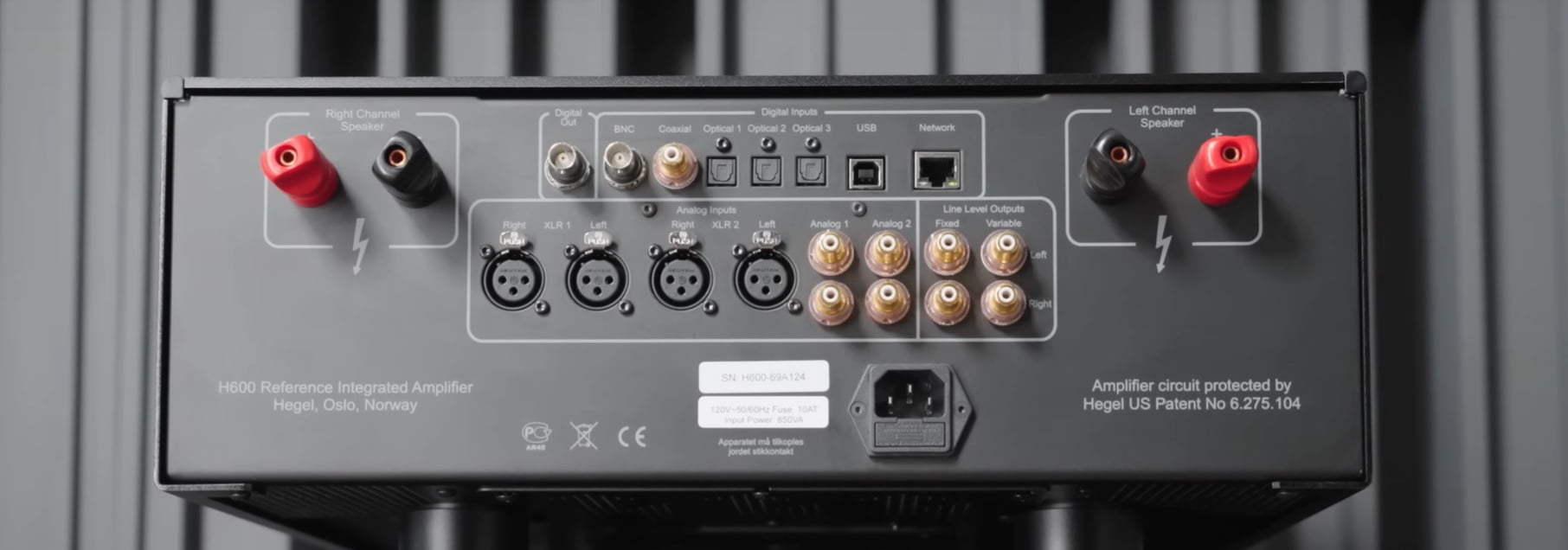
Gallery

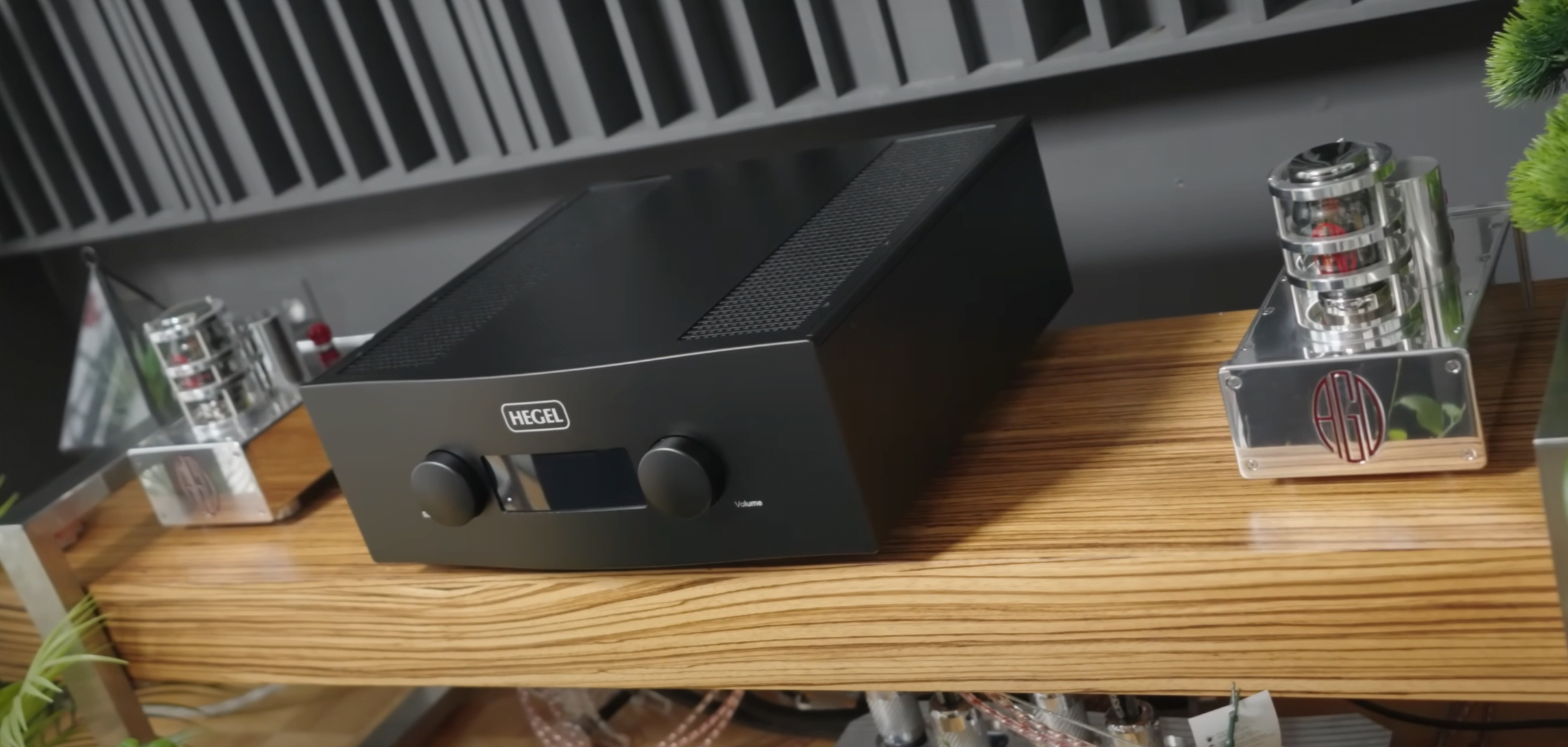
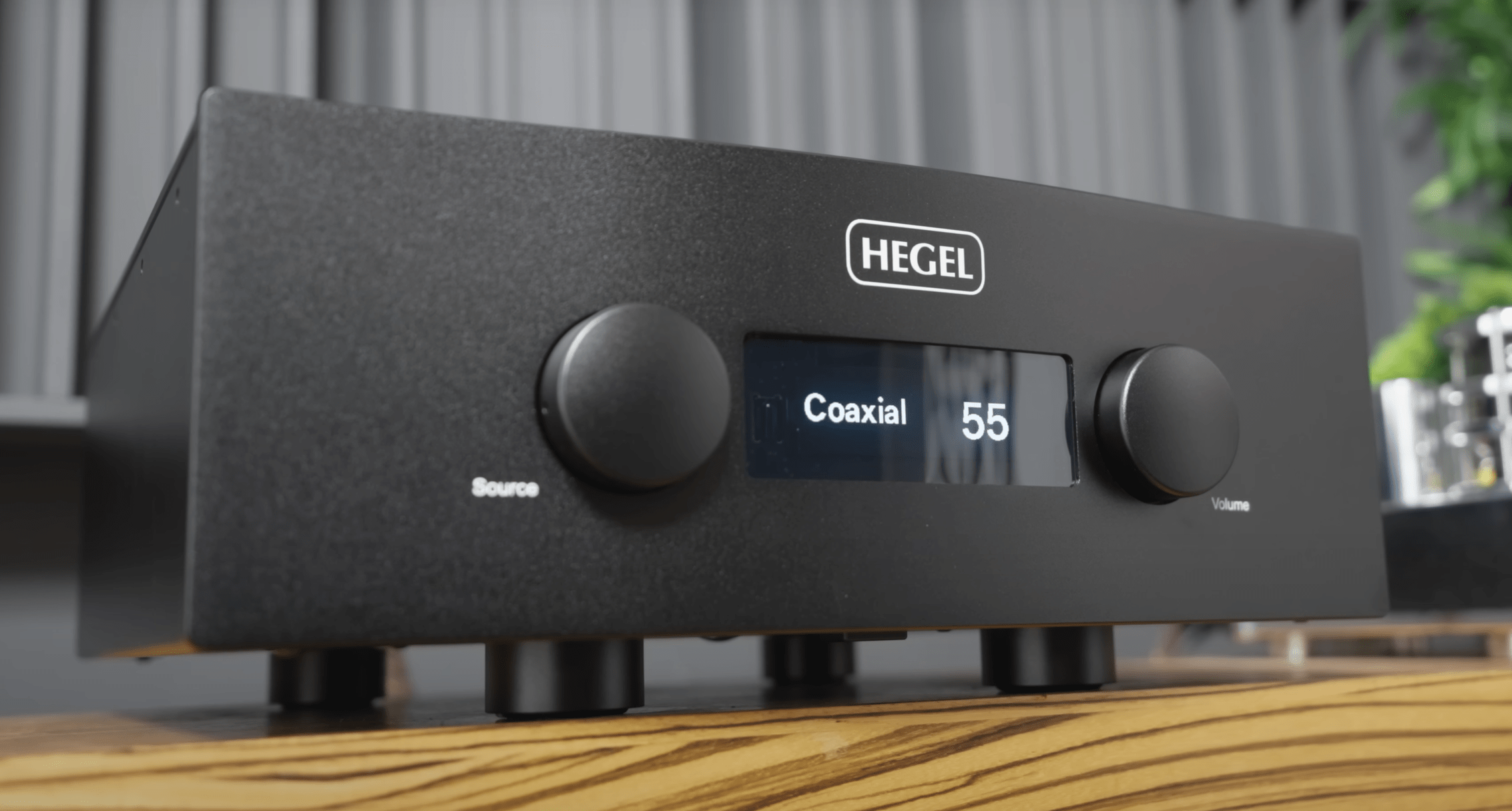
Verdict
Hegel surprised us with the launch of the H600, and we were equally surprised at how quickly we got it in for testing. But that was nothing compared to the shock when we listened to it.
The H590 has long been one of our reference amplifiers, but it’s amazing how a better product can suddenly overshadow an old favorite. The new king of the hill is the Hegel H600, which has significant upgrades throughout the signal chain and sounds insanely good – at both high and low volumes – that almost everything else pales in comparison.





